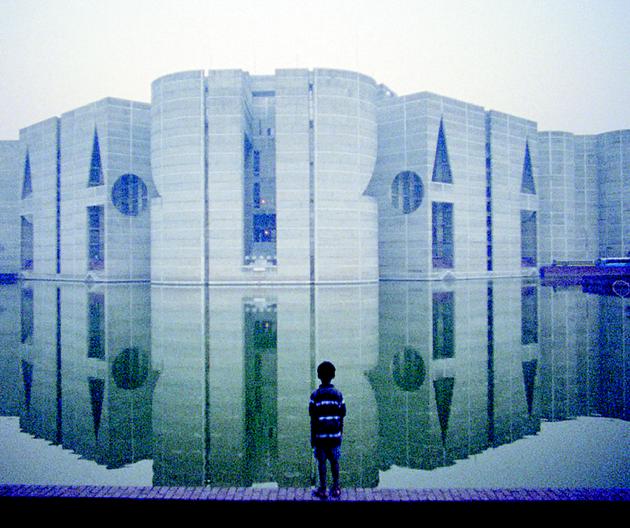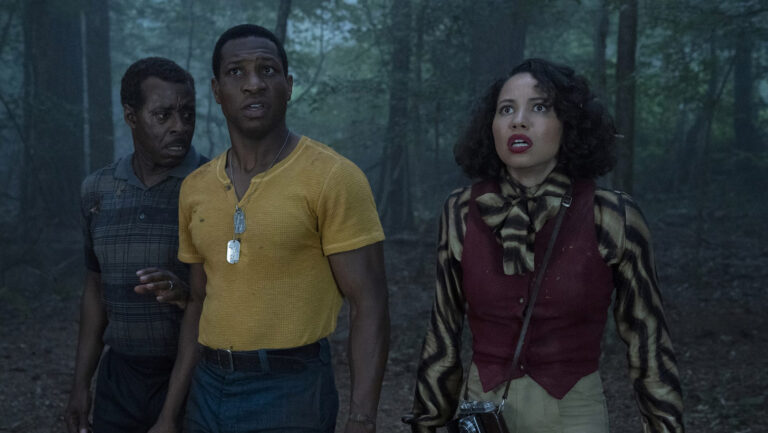Without his father around to enumerate and explain his sins (as McNamara does so eloquently in Fog of War), Nathaniel found himself embarking on a world-wide pilgrimage, hunting down friends and family, interviewing colleagues and trekking to faraway buildings—all in an attempt to understand the father he barely knew. Louis Kahn died ignobly of a heart attack in the men's restroom at Penn Station when Nathaniel was just a young boy. He left behind a small but significant legacy of buildings—post-modern castles cast in a rigid geometry of concrete and brick. He also left behind three families.
Kahn spent his entire life with his “official” wife Esther and daughter Sue Ann. But he also had a son, Nathaniel, with colleague Harriet Patterson, plus another daughter, Alexandra, with fellow architect Anne Tyng. Kahn's other two families were a secret known (or perhaps “acknowledged”) by virtually no one. Nathaniel's memories of his father are of a man who would come to visit once or twice a week, who came late at night and always left before morning. It's hard to picture Kahn, who was “short, scarred and ugly and had a funny voice” (as one colleague puts it), as a suave ladies man. But, clearly, papa was a rollin' stone.
Nathaniel hunts down contemporaries like I.M. Pei and Frank Gehry who are more than happy to heap praise on the man's skills as an architect. These people help lend an understanding to Khan's often off-putting work. Loosely quoting the Kabbalah, one colleague notes that “you can only know God by his works.” Can we really see Kahn's personality, imagination and spiritual transcendence in his officious geometric amalgamations of colorless concrete? By the time we get to see Kahn's crowning achievement, the National Assembly building in Bangladesh, the answer is a resounding “yes.”
When searching for the more human, personal side of his father, Nathaniel is slightly less successful, perhaps because the answers Nathaniel is looking for are rather obvious—at least to the outsider. Louis I. Kahn was a workaholic who loved all his “families” after a fashion. But his only real love was stone and steel. That he remains an elusive figure, even to those closest to him, is hardly a surprise.
Still, Nathaniel stumbles across some amazingly serendipitous moments of emotional clarity on his Citizen Kane-like quest. Locating the stranger who discovered Kahn's body in Penn Station reveals a man who hasn't spoken to his own estranged son in 10 years. A visit to a client, for whom Kahn built a fantastical river boat/concert hall, delivers one of the film's most dramatic moments. The client talks happily about spending Christmas with Kahn, and Nathaniel stands dumbfounded. It's clear that he never spent a holiday with his father.
My Architect, wisely subtitled A Son's Journey, could be viewed as a tad self-indulgent. It is, at least initially, one man's pop psychological attempt to come to grips with his absentee father. But, in trying to understand “God through his works,” Nathaniel Kahn creates a powerful argument for art (in this case, in the form of architecture) as an everlasting gift to the world, as an eternal testament to its creator.



